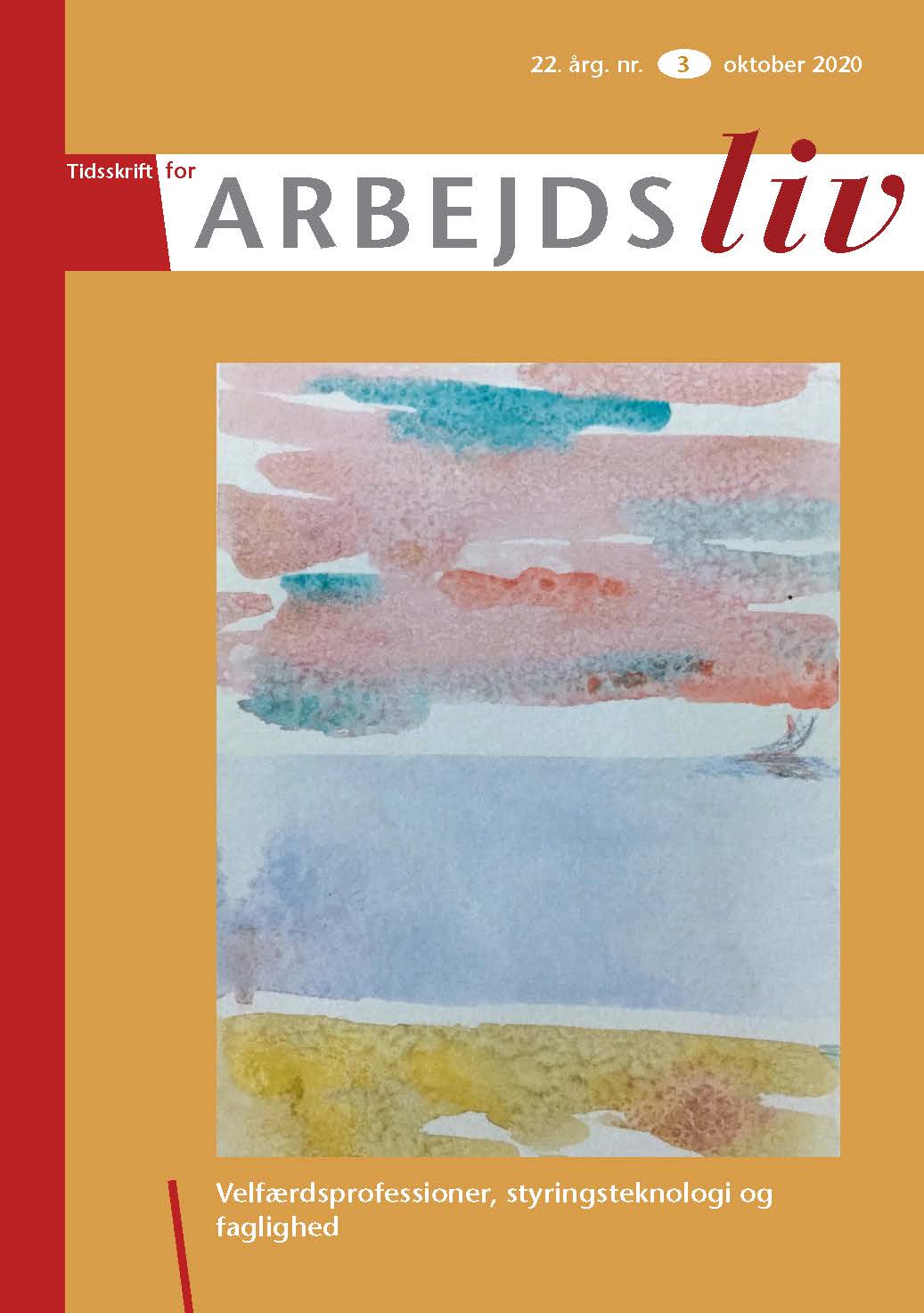User Involvement in Employment Services - Boundary Struggles over Responsibilities, Needs and Tasks in Job Consultants’ Work
DOI:
https://doi.org/10.7146/tfa.v22i3.122825Keywords:
Brugerinddragelse, Produktivitet, Inklusion, Aktiv beskæftigelsesindsats, Støttet beskæftigelseAbstract
This article investigates how job consultants realize and delimit user involvement in Danish employment services. The empirical basis is job consultants’ interpretation of user involvement in their work with the method individual placement and support, IPS. The work with IPS is an interesting case on the impact of user involvement in the work of job consultants, because the method is developed in psychiatry with a focus on ‘recovery’ and emphasizes the users’ choice, involvement and knowledge. The article draws on field work, interviews and a research workshop with the first IPS consultants in Denmark. In the article, the job consultants’ interpretation of user involvement is analyzed as an ongoing process, in which they reconstruct their understanding of their responsibilities to meet users’ needs. The analysis shows how the job consultants develop the work. They give the users the responsibilities for their situations. They accept the users’ broader assessments of their needs and the tasks they necessitate. And they attempt to bridge the gap to the labour market by following users’ wants for employment. At times, the job consultants experience uncertainty, exhaustion and frustration, because of unclear responsibilities, diffi cult working situations and the demands of employers. The article suggests that Nancy Fraser’s concept of boundary struggles may explain these tensions between the norm of user involvement and the institutionalization of employment services.
Downloads
Published
How to Cite
Issue
Section
License
Forfattere, der publicerer deres værker via dette tidsskrift, accepterer følgende vilkår:
- Forfattere bevarer deres ophavsret og giver tidsskriftet ret til første publicering, samtidigt med at værket ét år efter publiceringen er omfattet af en Creative Commons Attribution-licens, der giver andre ret til at dele værket med en anerkendelse af værkets forfatter og første publicering i nærværende tidsskrift.
- Forfattere kan indgå flere separate kontraktlige aftaler om ikke-eksklusiv distribution af tidsskriftets publicerede version af værket (f.eks. sende det til et institutionslager eller udgive det i en bog), med en anerkendelse af værkets første publicering i nærværende tidsskrift.
- Forfattere har ret til og opfordres til at publicere deres værker online (f.eks. i institutionslagre eller på deres websted) forud for og under manuskriptprocessen, da dette kan føre til produktive udvekslinger, samt tidligere og større citater fra publicerede værker (se The Effect of Open Access).





